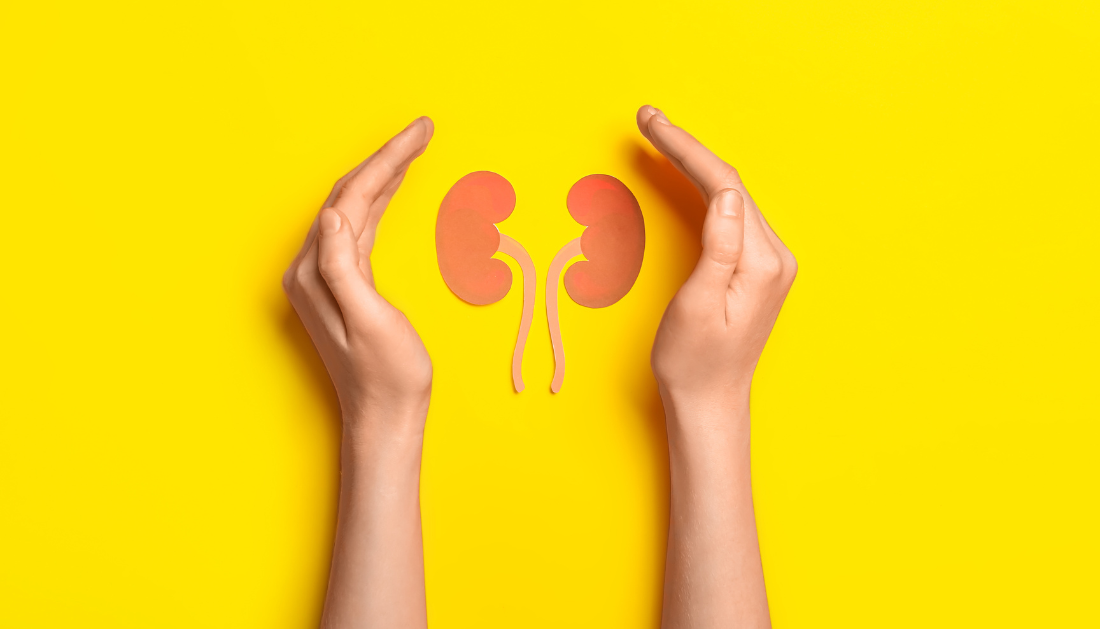

Researchers from Oregon Health & Science University (OHSU) are making exciting advancements in gene therapy for chronic kidney disease (CKD) using adeno-associated virus (AAV) vectors. While AAV-based treatments have shown potential, delivering these therapies effectively to kidney cells has posed a challenge. The latest study, published in Nature Communications, offers groundbreaking insights into overcoming this hurdle.
Historically, AAV capsids—the protein shells of virus particles used to deliver genes—were administered via intravenous (IV) injection. However, this method has limited success in targeting kidney cells and can often lead to harmful side effects, particularly to the liver. To improve delivery, the OHSU team explored different AAV capsids and delivery routes, including direct injections into the renal vein and renal pelvis, regions closer to the kidneys.
The research tested 47 AAV capsids in mice and identified AAV-KP1 as the most effective when directly injected into the kidneys. This method targeted kidney cells with minimal liver impact. Conversely, AAV9, which is less effective in healthy kidneys, proved more successful when injected intravenously in cases of chronic kidney disease (CKD).
The study revealed that AAV-KP1 injected directly into the kidney showed significant targeting of renal tubules and podocytes, two critical cell types for gene therapy. AAV9, while spreading throughout the body, showed promise in diseased kidneys but lacked precision in healthy kidneys.
The study also noted significant species differences in how AAV vectors entered kidney cells, with nonhuman primates showing greater success in overcoming pre-existing immunity compared to mice. These findings underscore the importance of selecting the appropriate AAV capsid and injection method based on species and disease conditions.
Hiroyuki Nakai, M.D., Ph.D., senior author of the study, emphasized that these discoveries offer hope for optimizing gene delivery in kidney disease treatments and improving AAV-based therapies in clinical settings.
More Information: Taisuke Furusho et al, Enhancing gene transfer to renal tubules and podocytes by context-dependent selection of AAV capsids, Nature Communications (2024). DOI: 10.1038/s41467-024-54475-9
more recommended stories
 Safer Allogeneic Stem Cell Transplants with Treg Therapy
Safer Allogeneic Stem Cell Transplants with Treg TherapyA new preclinical study from the.
 AI in Emergency Medicine and Clinician Decision Accuracy
AI in Emergency Medicine and Clinician Decision AccuracyEmergency teams rely on rapid, accurate.
 Innovative AI Boosts Epilepsy Seizure Prediction by 44%
Innovative AI Boosts Epilepsy Seizure Prediction by 44%Transforming Seizure Prediction in Epilepsy Seizure.
 Hypnosis Boosts NIV Tolerance in Respiratory Failure
Hypnosis Boosts NIV Tolerance in Respiratory FailureA New Approach: Hypnosis Improves NIV.
 Bee-Sting Microneedle Patch for Painless Drug Delivery
Bee-Sting Microneedle Patch for Painless Drug DeliveryMicroneedle Patch: A Pain-Free Alternative for.
 AI Reshapes Anticoagulation in Atrial Fibrillation Care
AI Reshapes Anticoagulation in Atrial Fibrillation CareUnderstanding the Challenge of Atrial Fibrillation.
 Hemoglobin as Brain Antioxidant in Neurodegenerative Disease
Hemoglobin as Brain Antioxidant in Neurodegenerative DiseaseUncovering the Brain’s Own Defense Against.
 Global Data Resource for Progressive MS Research (Multiple Sclerosis)
Global Data Resource for Progressive MS Research (Multiple Sclerosis)The International Progressive MS Alliance has.
 AI Diabetes Risk Detection: Early T2D Prediction
AI Diabetes Risk Detection: Early T2D PredictionA new frontier in early diabetes.
 Cancer Cells Learn to Self-Report: A New Frontier in Immunotherapy
Cancer Cells Learn to Self-Report: A New Frontier in ImmunotherapyHow a Drug Complex Enables Immune.

Leave a Comment